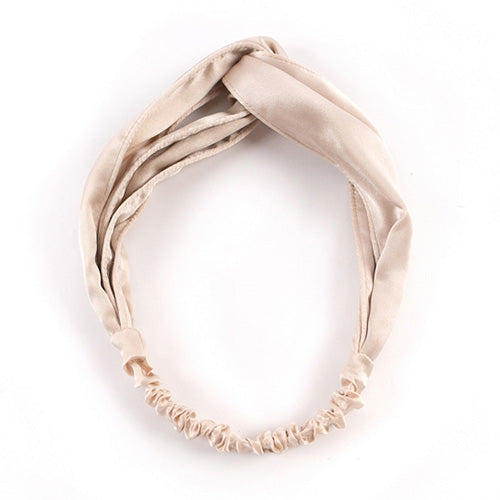Most people know that unlike cotton or hemp, which are made from plant fibers, silk is a protein fiber made from the saliva of silkworms, a tiny insect scientifically known as the Bombyx mori moth.
Early in a silkworm’s lifecycle, it can spin silk in one single unbroken thread from spinnerets on its head to create a cocoon, a protective covering for itself as it is transformed into a moth.
The process of harvesting these cocoons for silk is called sericulture and has existed for thousands of years. Essentially, farmers create an artificial environment for the moths to lay their eggs on special paper, where they will hatch and become larvae. Next, they’re fed a steady diet of mulberry leaves, and after roughly 35 days of growing and multiplying in size, they’re ready to make their cocoon. Once their cocoon is complete, the sericulture process traditionally includes killing the silkworm by boiling or steaming it alive.
With the development of social civilization, there is a process in which the silkworms are not harmed when the silk is extracted. That process is called Ahimsa silk meaning peace silk.
The process of creating silk humanely begins in one of two ways: either the pupa is allowed to hatch and the leftover cocoon is then used to create silk, or the cocoon may be cut open, achieving much the same result but often saving the resultant material from contamination by urine from the hatching moth.
With ahimsa silk, however, cocoons are left alone for seven to 10 days. Once the worms mature, they are allowed to pierce the cocoons and fly away as moths. Only then does the manufacture of peace silk begin. Each cocoon is checked individually to ensure that the moth has escaped before the silk thread is spun.
Spinning takes around two months and weaving another month. In other words, shipments can be ready three months after the moth's escape. We can produce up to 2,000 meters per month. Ahimsa silk is promoted as having the popular properties of regular silk. Even though it is slightly less lustrous, it is even softer to the touch.
Ahimsa silk fabric is a bit more expensive than normal produced fabric. Due to its higher price, it is not reached by some classes of society. But it is gaining popularity.
The inventor of this process says “People are becoming more environmentally aware and compassionate to animals. Though ahimsa silk may not replace regular silk, we are confident it will be adopted by those who are concerned about animals.”
- Yes! You can get silk without killing silkworms!
If you're doubting if silk can be made without killing silkworms, you can go search for more stories about ahimsa silk. There are many articles published about the work on saving silkworms.
Silk can be environmentally friendly. Hopefully, with this point in mind, you'll be able to enjoy silk pajamas suits, silk pillowcases, silk duvets, silk camisoles, silk pants, etc.

